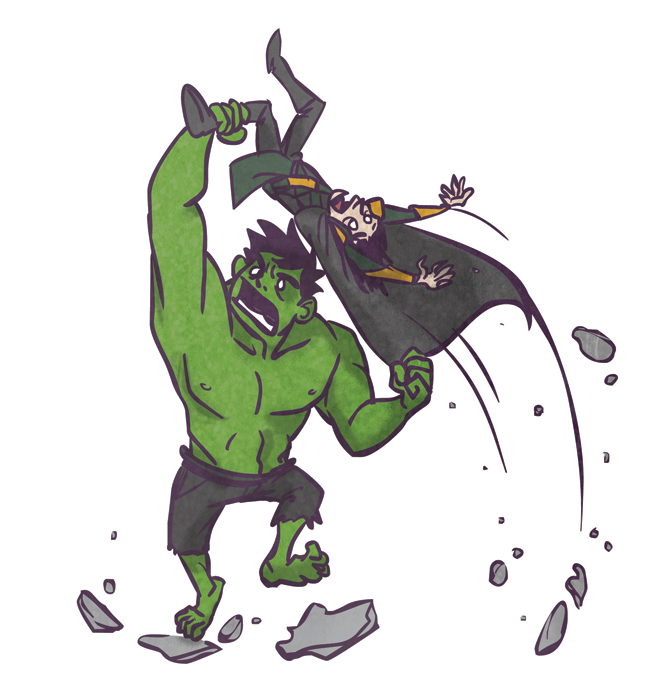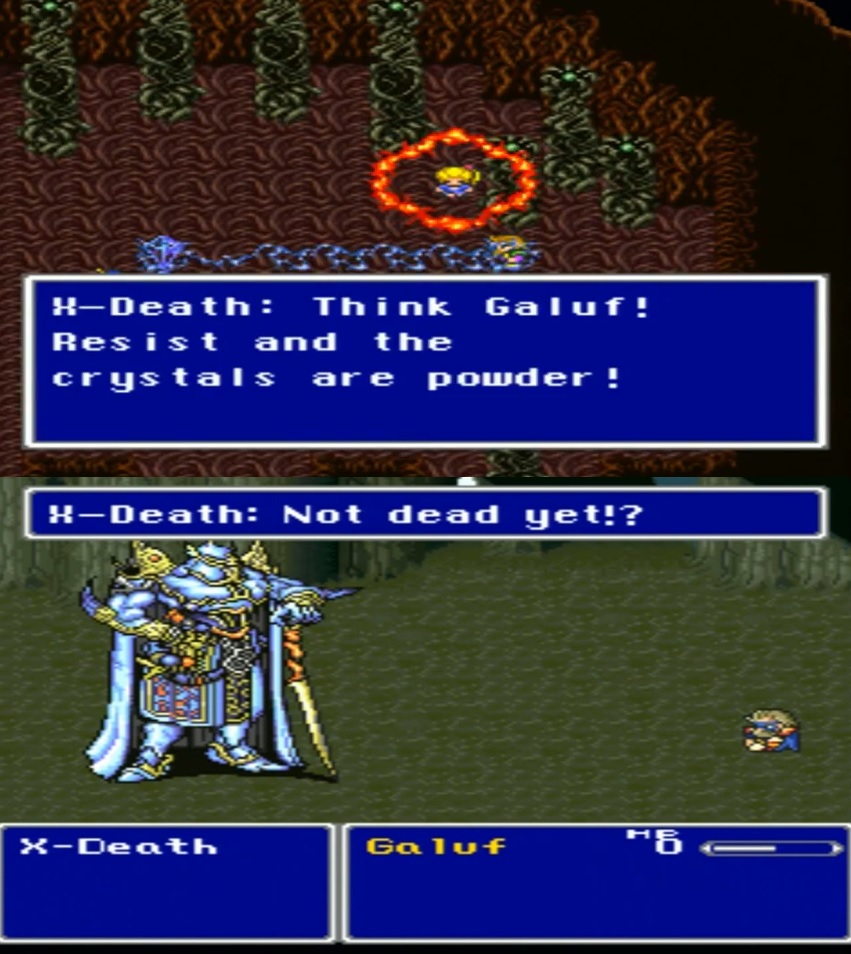This is taken for a large part off the GURPS wiki, but would fit into any campaign.
| TL | Era | Timespan | Signature technologies |
|---|---|---|---|
| 0 | Stone Age | Prehistory and later | Counting; oral tradition. |
| 1 | Bronze Age | 3500 B.C.+ | Arithmetic; writing. |
| 2 | Iron Age | 1200 B.C.+ | Geometry; scrolls. |
| 3 | Medieval | 600 A.D.+ | Algebra; books. |
| 4 | Age of Sail | 1450+ | Calculus; movable type. |
| 5 | Industrial Revolution | 1730+ | Mechanical calculators; telegraph. |
| 6 | Mechanized Age | 1880+ | Electrical calculators; telephone and radio; |
| 7 | Nuclear Age | 1940+ | Mainframe computers; television. |
| 8 | Digital Age | 1980+? | Personal computers; global networks. |
| 9 | Microtech Age | 2025+? | Artificial intelligence; real-time virtuality. |
| 10 | Robotic Age | 2070+ | Nanotechnology or other advances start to blur distinctions between technologies... |
| 11 | Age of Exotic Matter | ||
| 12 | Whatever the GM likes! | ||
| L | Transportation | Weapons and Armor | Power | Biotechnology/Medicine |
|---|---|---|---|---|
| 0 | Skis; dogsleds; dugout canoes. | Wooden and stone weapons; primitive shields; hides for armor. | Human muscle power; dogs. | First aid; herbal remedies; primitive agriculture. |
| 1 | Bare horseback; the wheel (and chariots); ship-building; sails. | Bronze weapons and armor. | Donkeys; oxen; ponies. | Surgery; animal husbandry; fermentation. |
| 2 | Saddle; roads; triremes. | Iron weapons; iron armor (including mail); siege engines. | Horses; water wheels. | Bleeding the sick; chemical remedies. |
| 3 | Stirrups; oceangoing sailing ships (longships, roundships, etc.). | Steel weapons; early firearms; plate armor; castles. | Heavy horses and horse-collars; windmills. | Crude prosthetics; anatomical science. |
| 4 | Stagecoach; three-masted sailing ships; precise navigation. | Muskets and pikes; horse artillery; naval broadsides. | Improved windmills; belt drives; clockwork. | Optical microscope makes cells visible. |
| 5 | Steam locomotives; steamboats; early submersibles; balloons and early airships. | Early repeating small arms; rifled cannon; ironclads. | Steam engines; direct current; batteries. | Germ theory of disease; safe anesthetics; vaccines. |
| 6 | Automobiles; continental railways; ocean liners; submarines; aircraft. | Smokeless powder; automatic weapons; tanks; combat aircraft. | Steam turbines; internal combustion; alternating current; hydroelectricity. | Antibiotics; blood typing and safe transfusions; heredity; biochemistry. |
| 7 | Nuclear submarines; jet aircraft; helicopters; manned space flight. | Ballistic body armor; guided munitions; combat jets; nuclear weapons. | Gas turbines; fission; solar power. | Discovery of DNA; organ transplants; pacemakers. |
| 8 | Satellite navigation; SSTO ("single stage to orbit") spacecraft. | Smartguns; blinding lasers; unmanned combat vehicles. | Fuel cells; advanced batteries. | Genetically modified organisms; gene therapy; cloning. |
| 9 | Robot cars; space elevators; manned interplanetary space flight. | Electrolasers; heavy laser weapons; battlesuits; combat robots; designer viruses. | Micro fuel cells; deuterium-hydrogen fusion; high-temperature superconductors. | Human genetic engineering; tissue engineering; artificial wombs; cybernetic implants |
| 10 | Fast interplanetary space flight. | Compact laser and heavy particle-beam weapons; Gauss guns; nanotech armor; nanoviruses; antimatter bombs. | Helium-3 fusion; antimatter. | Brain transplants; uploading; bioroids; uplifted animals. |
| 11 | Manned interstellar space flight. | Compact particle-beam weapons; disassemblers ("gray goo"); defensive nanites. | Portable fusion power. | Living machines; cellular regeneration. |
| 12 | Faster interstellar space flight. | Gamma-ray lasers; "living metal" armor; black-hole bombs. | Portable antimatter power. | Full metamorphosis; regeneration. |
| ^ | Reactionless thrust; contragravity; faster-than-light (FTL) travel; matter transmission; parachronic technology; time machines. | Monomolecular blades; force-field technology; gravitic weapons; nuclear dampers; disintegrators. | Broadcast power; cold fusion; zero-point energy; total conversion; cosmic power. | Fast-growth clone tanks; psi drugs; regeneration ray. |
Now, one of the signature parts of the superhero campaigns is the concept of SUPER TECH (we call it MAD SCIENCE in my campaigns).
Mad Science: These are special super devices paid for with character points as a device power. These cannot be mass produced or replicated due to the law of Mad Science:
The Law of Mad Science: A scientific discovery can happen by design or completely by accident. This discovery should not really happen due to laws of physics, but to the Mad Scientist, it happened because he did not intend it to: he was not actively disbelieving that it should happen. Once it has happened though, and the process is examined, it's clear to the Scientists (as well as any other Scientists that try to replicate the experiment) that it shouldn't have worked that way. Their faith in scientific laws interferes with reality so that the experiment cannot happen again. It's much like when you do something cool, but can't do it when people are watching.
This provides an in-universe explanation for crazy super hero tech that can resurrect the dead, or teleport people between worlds, or whatever, but can't be used for the betterment of society by curing cancer globally.
Mad Science devices should be allowed at a power level 1-2 above the tech level of the campaign. (A stone age campaign that you've time travelled to probably does not possess the materials for you to make an adequate printing press).
However, any EQUIPMENT should be purchased at or below the current tech level of the campaign. You can't buy alien starships if earth doesn't have them, and you might be able to build one as a device, but not using equipment points, even if you're a super genius. This helps keep the campaign in the right scale.
Think about how disruptive it would be on real world earth if the PCs just purchased using equipment points a series of starships that could rain down destruction from space. How would villains be able to do anything? This is meant to keep the tech of the party aligned with the tech of the world without eliminating the device powers.







